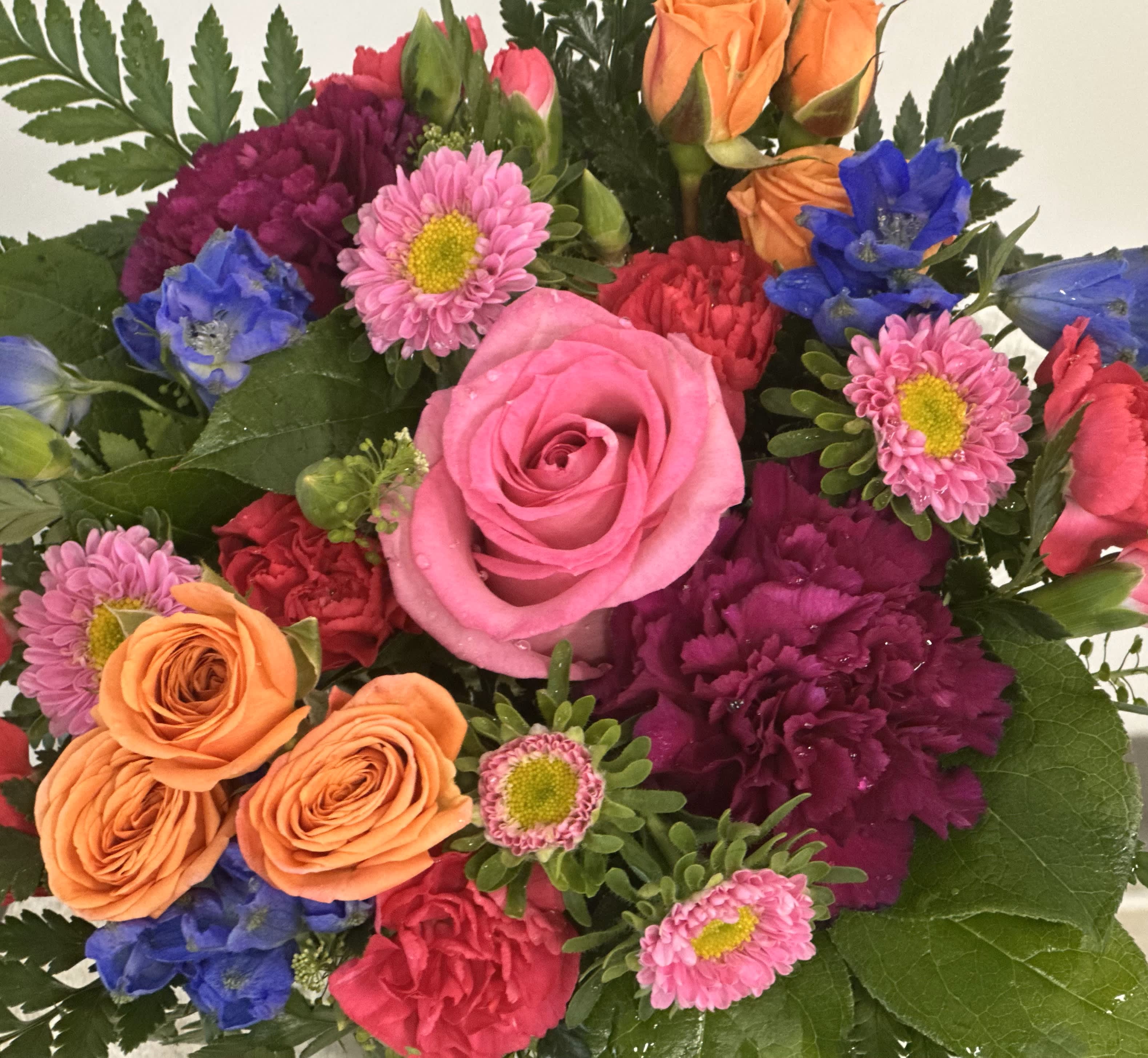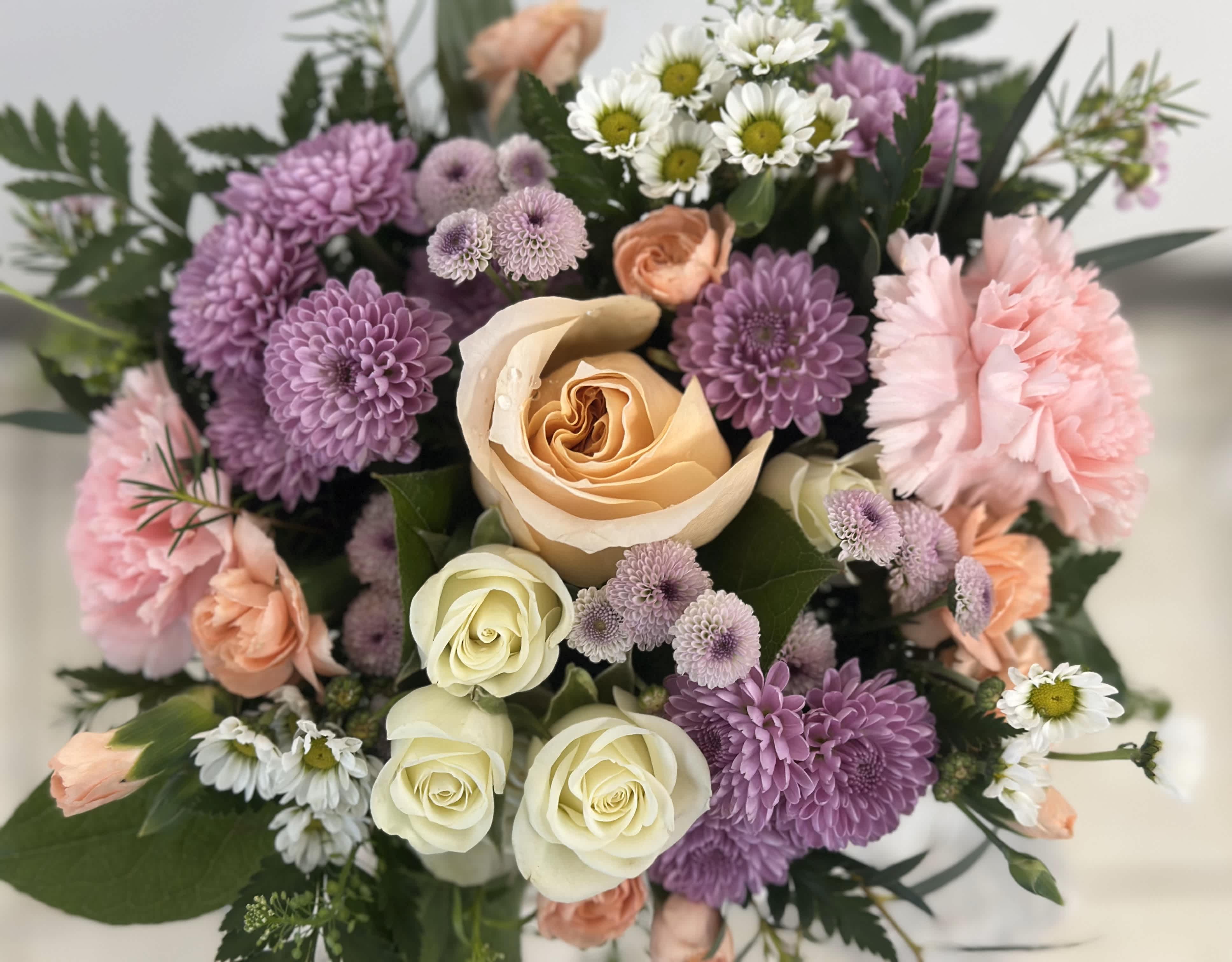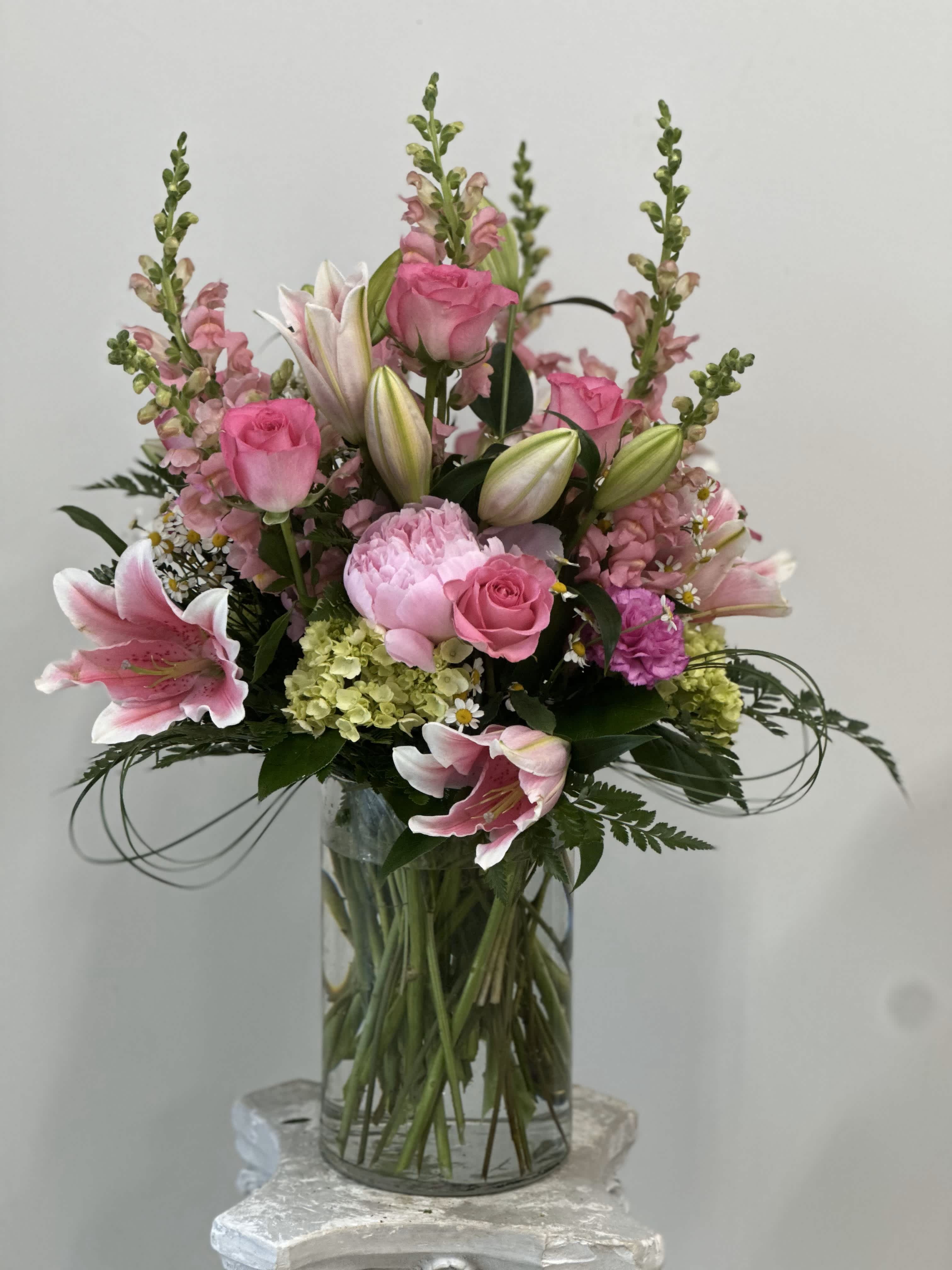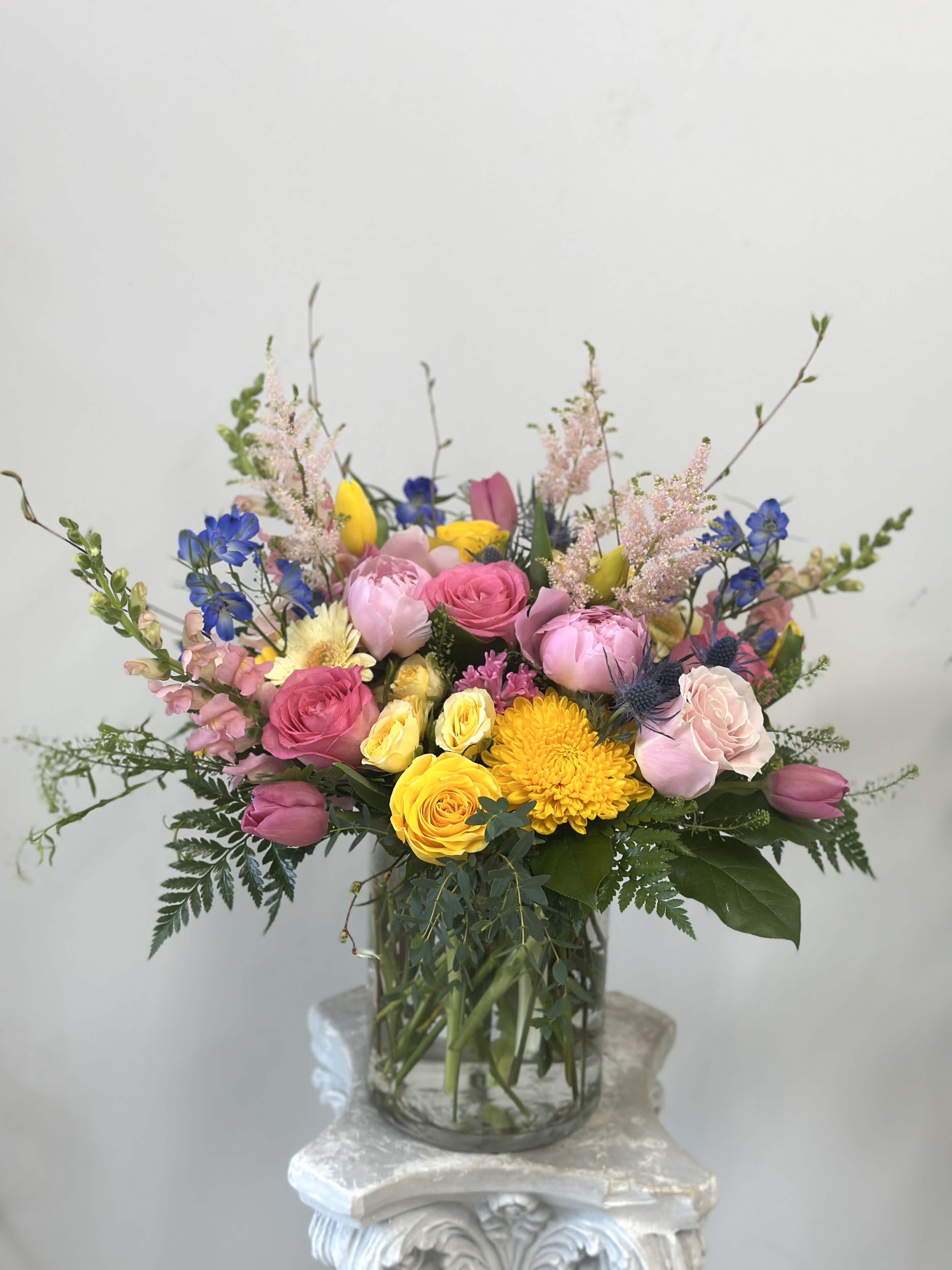Proportion, Scale, and Harmony: The Cornerstones of Stunning Flower Arrangements
**Proportion, Scale, and Harmony: The Cornerstones of Stunning Flower Arrangements**When it comes to flower arrangements, the difference between a lackluster bouquet and a breathtaking display often lies in three key principles: proportion, scale, and harmony. Imagine walking into a room bursting with vibrant blooms that effortlessly draw your eye—it's more than just chance; it's art! In this post, we’ll delve into the essential elements that transform simple stems into stunning centerpieces. Whether you're an aspiring florist or simply looking to elevate your home decor game, mastering these cornerstones will unlock the true potential of every arrangement you create. Get ready to sprinkle some floral magic as we explore how the right balance can turn everyday flowers into extraordinary works of art!

Introduction to Flower Arrangements and the Importance of Proportion, Scale, and Harmony
Flower arrangements are more than just a collection of blooms; they tell a story, evoke emotions, and transform spaces. Whether you're decorating for a special occasion or simply brightening up your home, understanding the fundamental principles behind stunning floral designs can elevate your creations from ordinary to extraordinary. Among these principles, proportion, scale, and harmony stand out as essential cornerstones that guide every successful arrangement.
Imagine walking into a room adorned with beautifully arranged flowers—your eye is drawn to their balance and beauty. This captivating effect doesn’t happen by chance; it’s crafted through careful consideration of the basic rule in flower arrangement: create a visually appealing and balanced design by considering proportion, scale, and harmony. Join us on this journey as we explore how mastering these elements can transform your floral artistry!
Understanding Proportion in Flower Arrangements: How to Achieve Balance and Symmetry
Proportion is a vital element in flower arrangements, guiding the overall look and feel of your design. Achieving balance requires careful consideration of size and quantity. Too many large blooms can overwhelm smaller ones, while an excess of petite flowers might leave your arrangement feeling sparse.
To create harmony, focus on pairing different sized flowers thoughtfully. For instance, placing larger blossoms at the base anchors the design. This allows for taller stems or lighter elements to rise above them gracefully.
Symmetry plays a crucial role as well. A symmetrical arrangement often exudes elegance and formality, making it perfect for special occasions. However, asymmetrical designs can add dynamic energy to your floral displays.
Experiment with various shapes within your composition to enhance visual interest while maintaining proportionate relationships among all elements involved. Balancing these aspects will lead you towards stunning creations that capture attention effortlessly.
Exploring Scale in Flower Arrangements: Playing with Size and Height to Create Interest
Scale plays a vital role in flower arrangements, influencing how we perceive the entire design. When working with different sizes and heights, you can create dynamic focal points that catch the eye.
Consider using tall blooms like delphiniums or branches to draw the gaze upward. This adds vertical interest and gives your arrangement an elegant touch. Pair these with shorter flowers for contrast, creating layers that invite closer inspection.
Don't hesitate to mix textures too. A fluffy peony alongside sleek calla lilies can enhance visual appeal while maintaining balance.

Remember that scale isn't just about height; it’s also about volume. A cluster of small blossoms can make a bold statement when grouped together, balancing out larger features nearby.
Experimenting with scale invites creativity into your designs, allowing each arrangement to tell its own unique story through size and proportion.
Creating Harmonious Designs with Color, Texture, and Shape in Flower Arrangements
Creating harmony in flower arrangements is all about the interplay of color, texture, and shape. Each element plays a vital role in achieving that stunning visual impact.
Start with color. Choose a palette that complements your theme or setting. Monochromatic schemes can evoke elegance, while contrasting colors add energy and excitement to your design.
Next, consider texture. Mixing smooth petals with rough foliage creates depth and interest. The tactile experience adds another layer to your arrangement, drawing the eye and engaging the senses.
Shape is equally important. Varying heights and forms—like tall lilies paired with round peonies—can lead to an arresting composition. Play with asymmetry for a modern vibe or go symmetrical for classic elegance.
By thoughtfully combining these elements, you create a cohesive look that captures attention without overwhelming it—a true testament to artful design in flower arranging.
Tips and Tricks for Mastering Proportion, Scale, and Harmony in Flower Arrangements
To master proportion, scale, and harmony in flower arrangements, start with a solid foundation. Use the “rule of thirds” to create balance. Divide your arrangement into three sections—this helps distribute visual weight evenly.
Next, experiment with different heights. Tall flowers can add drama while shorter blooms provide grounding. Don’t shy away from varying sizes; this contrast creates intrigue and draws attention.
Color plays a crucial role too. Choose a cohesive color palette that blends well yet allows for pops of contrast to maintain interest without overwhelming the eye.
Textures matter as well; mix soft petals with sturdy foliage to achieve depth. This interplay enhances the overall appeal of your design.
Lastly, step back frequently during creation to assess balance and symmetry from various angles. It’s an essential practice that ensures your floral masterpiece resonates harmoniously throughout the space it occupies.

Inspiration from Professional Florists: Examples of Stunning Designs Using Proportion, Scale, and Harmony
Professional florists have an eye for detail that transforms simple blooms into breathtaking arrangements. One stunning example is the use of tall, elegant lilies combined with low-hanging peonies. This creates a visual contrast that captures attention.
Another captivating design involves cascading orchids paired with robust sunflowers. The delicate and bold juxtaposition illustrates how scale can create depth in a bouquet.
Texture plays a critical role too. Think of adding soft ferns alongside spiky thistles to establish harmony within the arrangement.
Color combinations also matter immensely; vibrant reds against cool blues can evoke strong emotions while maintaining balance in your design.
These inspirations reflect mastery over proportion, scale, and harmony—elements essential for every aspiring florist aiming to elevate their work beyond the ordinary. Let these concepts guide you as you explore your floral creativity.
Common Mistakes to Avoid in Flower Arrangements: How to Keep Your Design Balanced and Beautiful
One of the most common mistakes in flower arrangements is neglecting proportion. Arranging flowers that are too large for a small vase can overpower the design. Always ensure your blooms complement each other’s size.
Another pitfall is poor color coordination. Using clashing colors can create visual chaos rather than harmony. Stick to complementary colors or a monochromatic palette for a cohesive look.
Texture also plays a vital role; combining all smooth petals without any contrast can lead to flat designs. Incorporate varied textures like spiky leaves alongside soft blossoms to add depth and interest.
Lastly, avoid overcrowding your arrangement. It might be tempting to fit every flower you love into one design, but less truly can be more when creating balance and beauty in your display. Allow space for individual stems to shine while maintaining an overall unified aesthetic.

Conclusion: Incorporating Proportion, Scale, and Harmony into
Mastering the art of flower arrangements begins with understanding the essential elements of proportion, scale, and harmony. These principles serve as a foundation for any stunning design. By considering these factors, you can create visually appealing and balanced designs that captivate viewers.
Incorporating proportion allows you to achieve symmetry or intentional imbalance in your arrangements. Scale adds depth and interest by playing with varying sizes of flowers and foliage. Using color, texture, and shape harmoniously unifies each element into a cohesive whole.
Practice is key when applying these principles to your floral creations. Experimentation will lead to growth as an artist and give way to unique interpretations of beauty within each arrangement. Whether you're creating for special occasions or simply brightening up your space, remember that every flower has its place.
With guidance from professional florists like Westford Florist Art by Veny, you'll find inspiration all around you—each bouquet tells a story through its careful design choices rooted in those basic rules of arrangement. Embrace the journey ahead; let creativity flourish while keeping proportion, scale, and harmony at the forefront of your floral artistry.



